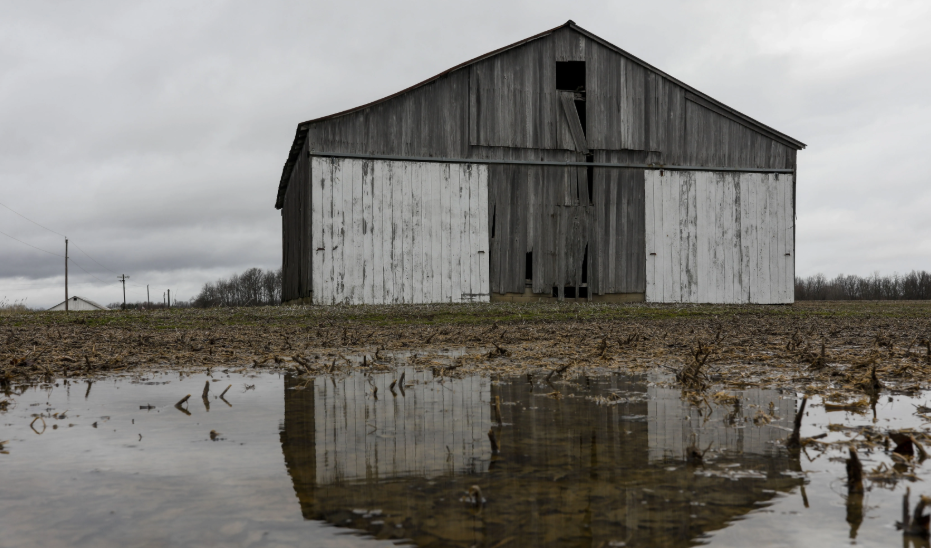
One by one, the three men from the same close-knit community took their own lives.
Their deaths spanned a two-year stretch starting in mid-2015 and shook the village of Georgetown, Ohio, about 40 miles southeast of Cincinnati.
All of the men were in their 50s and 60s.
All were farmers.
Heather Utter, whose husband’s cousin was the third to die by suicide, worries that her father could be next. The longtime dairy farmer, who for years struggled to keep his operation afloat, sold the last of his cows in January amid his declining health and dwindling finances. The decision crushed him.
“He’s done nothing but milk cows all his life,” said Utter, whose father declined to be interviewed.
“It was a big decision, a sad decision. But at what point do you say enough is enough?”
American farmers produce nearly all of the country’s food and contribute some $133 billion annually to the gross domestic product.
But U.S. farmers are saddled with near-record debt, declaring bankruptcy at rising rates and selling off their farms amid an uncertain future clouded by climate change and whipsawed by tariffs and bailouts.
For some, the burden is too much.
Farmers are among the most likely to die by suicide, compared with other occupations, according to a January study by the Centers for Disease Control and Prevention. The study also found that suicide rates overall had increased by 40% in less than two decades.
The problem has plagued agricultural communities across the nation, but perhaps nowhere more so than the Midwest, where extreme weather and falling prices have bludgeoned dairy and crop producers in recent years.
More than 450 farmers killed themselves across nine Midwestern states from 2014 to 2018, according to data collected by the USA TODAY Network and the Midwest Center for Investigative Reporting. The real total is likely to be higher because not every state provided suicide data for every year and some redacted portions of the data.
The deaths coincide with the near-doubling of calls to a crisis hotline operated by Farm Aid, a nonprofit agency whose mission is to help farmers keep their land. More than a thousand people dialed the number in 2018 alone, said spokeswoman Jennifer Fahy.
Even the $28 billion in federal aid provided by the Trump administration over two years wasn’t enough to erase the fallout from the trade war with China, many farmers said.
It’s not the first time that Washington’s efforts to help farmers have fallen short.

